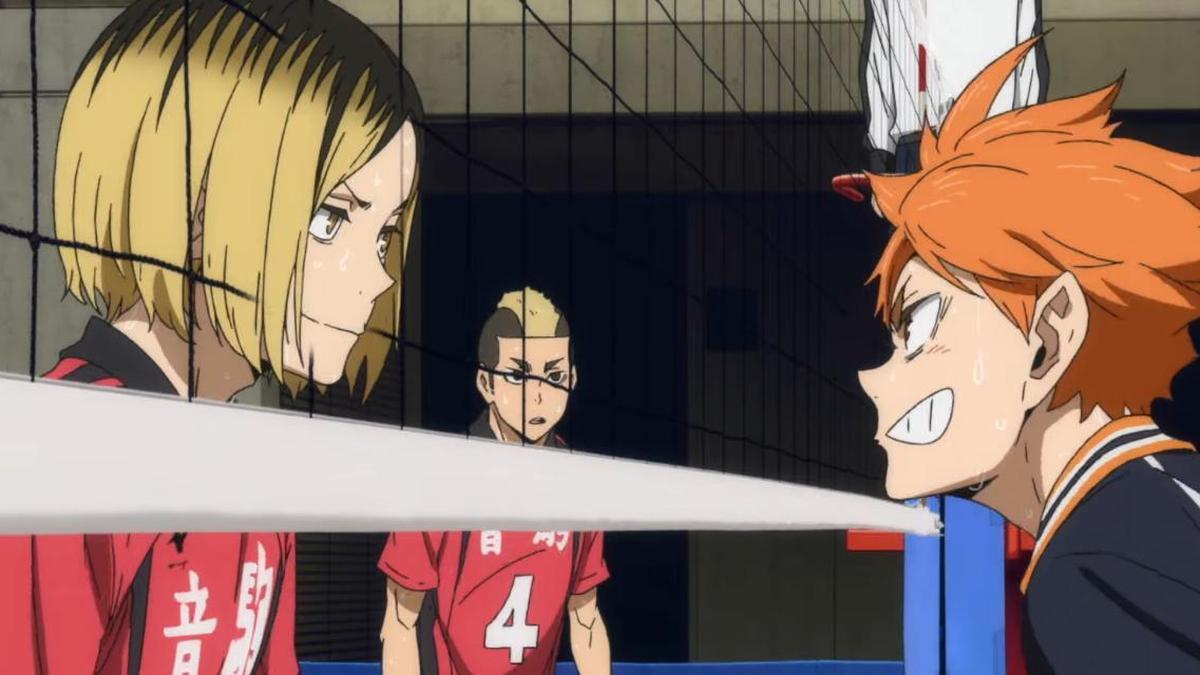
‘Haikyuu!! The Dumpster Battle’ movie review: Beloved volleyball anime’s magic doesn’t quite translate from television to big-screen
The Hindu
Karasuno faces Nekoma in a high-stakes volleyball match, blending intense action with deep character relationships in new ‘Haikyuu’ film
Four years on, and the Karasuno boys are back, having vanquished the Inarizaki twins and ready to steal the spotlight in a derby match fit for the ages. Their journey through the Harutaka tournament’s trenches has led them straight into the Dumpster Battle against Nekoma. Directed by Susumu Mitsunaka for Studio IG, it’s crow versus cat, alleyway brawls for bragging rights, and a showdown that has fans screaming “Ike!” atop their lungs.
About the curiously-named Dumpster Battle, it’s all in the team names. “Kara-su” from “Karasuno” translates to “crow” and “neko” from “Nekoma” means “cat” — in a reference to the respective team’s garbage-dwelling mascots. This awaited face-off is set against the backdrop of the All-Japan High School Championship, where Karasuno and Nekoma face off in the no-holds-barred match we’ve all been waiting for. The dynamic between the two famed rivals isn’t just a clash of athletic prowess, rather, a meeting of minds and spirits, each pushing the other to new heights (quite literally).
From the first whistle, the film catapults us into the fast-paced frenzy of the Spring Nationals. Despite the four-year timeout since last season, Mitsunaka sets us back in play, reuniting us with our favourite characters.
The story opens at a breakneck pace, but seems to neglect newbies to Haikyuu or volleyball in general entirely, in its execution. While it wouldn’t take long for seasoned fans to make sense of every “Chance ball!” or “Nice kill!”, rookies would inevitably find themselves confounded at the plethora of rules and references that pepper the narrative.
Central to the story is the interplay between Karasuno’s infamous orange-haired middle-blocker, Shoyo Hinata (voiced by Ayumu Murase) and the brain of Nekoma, the prized-setter Kenma Kozume (voiced by Yuki Kaji). Their bond, tempered by previous seasons, forms the film’s emotional core. Hinata, with his boundless energy and infectious enthusiasm, contrasts beautifully with Kenma’s cool, strategic calm. Their relationship that is less about rivalry and more about mutual respect and inspiration, make their interactions both on and off court inspiring and brimming with healthy competition.
The film also employs a blend of flashbacks and real-time dialogue to weave the shared history of these characters we have come to know and love into the present narrative. However, this doesn’t seem particularly effective. Those who have not religiously devoured the anime can just about appreciate the depth of their connection and the stakes of their rivalry, and these moments of introspection and backstory are sparsely used, with the focus squarely on the present action.
But the Dumpster Battle still holds fast as a visual and technical wonder. Mitsunaka and his team deploy a sophisticated blend of traditional 2D animation and 3D techniques to create a visceral viewing experience. The matches are choreographed with a precision mirroring live broadcasts, utilising rapid cuts, fluid motion tracking, and strategic slow-motion to emphasise pivotal moments. The 3D animation enhances the spatial dynamics of the game, allowing for sweeping aerial views and immersive angles that follow the ball’s trajectory, heightening our sense of being in the thick of the action.

National Press Day (November 16) was last week, and, as an entertainment journalist, I decided to base this column on a topic that is as personal as it is relevant — films on journalism and journalists. Journalism’s evolution has been depicted throughout the last 100-odd years thanks to pop culture, and the life and work of journalists have made for a wealth of memorable cinema.










